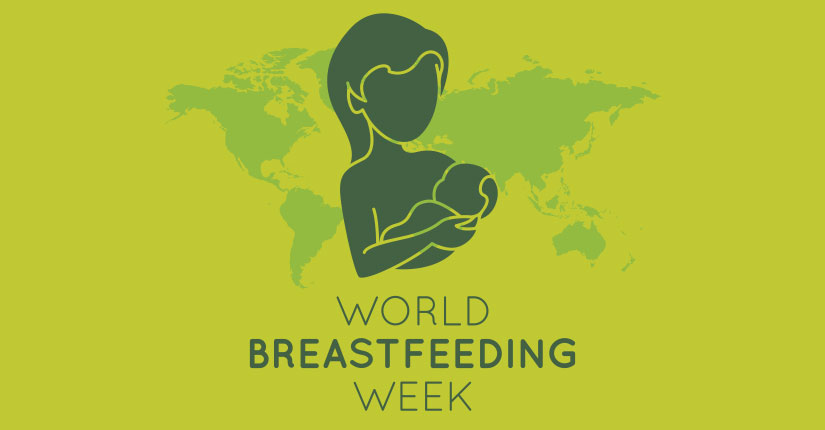Fertility Rates Fall as ‘Jaw-Dropping’ Global Crash In Children Being Born
By Nmami Life Editorial 20-Jul 2020 Reading Time: 4 Mins

As per the researchers, “the world is ill-prepared for the global crash in children being born which is set to have a “jaw-dropping” impact on societies.” The fall in fertility rates signifies that the population around the world will be shortened by the end of the century. A total of 23 nations have predicted that their population lessen by 50% due to this by 2100.
What is exactly happening?
The fertility rate means the average number of children being born by a woman is continuously dropping. As per the researchers, if this continues to happen and the number of giving birth drop below 2.1, then a huge difference in the number of population can be observed. The overall population can also experience a huge downfall. Researchers at the University of Washington’s Institute for Health Metrics and Evaluation showed the global fertility rate nearly halved to 2.4 in 2017 – and their study, published in the Lancet, projects it will fall below 1.7 by 2100.
The reasons behind falling fertility rates
The reason behind low fertility rates is not associated with anything related to the terms that revolve around fertility or sperm counts. Instead, it is linked with the basic lifestyle factors. Nowadays, women are getting more involved in education and work and started relying on contraception which leads to a fall in fertility rates and fewer children.
Is it a problem?
Many people think that this is a great thing for the atmosphere and environment. The smaller population can save the world by reducing carbon emissions and declining deforestation. But a researcher said, “that would be true except for the inverted age structure (more old people than young people) and all the uniformly negative consequences of an inverted age structure.”
As per the research:
- The number of children who are below the age of five will drop from 681 million in 2017 to 401 million in 2100.
- The number of people who are 80 or above will mount from 141 million in 2017 to 866 million in 2100.
One of the researchers said that this whole variation can create a giant social change and one cannot even contemplate how the world will look like if this happens. Several questions come to the mind after studying the whole scenario. If the world is full of old people, who pay taxes? Who takes care of the elder people? Will people ever get retirement from their jobs? A big change can disturb the whole system and a hard landing is always rough.
Solutions that can help
- Reduce stress from working parents
- Understand the importance of high fertility rates
- Re-do the process of women’s education on contraception
- Put the focus on the impact of family planning programs
Footnote
Various researchers said that a soft landing in this matter can be beneficial for the countries. Every country should focus on family planning programs and understand the prospects of low fertility rates in order to come up with effective policies and strategies to tackle this problem.


















